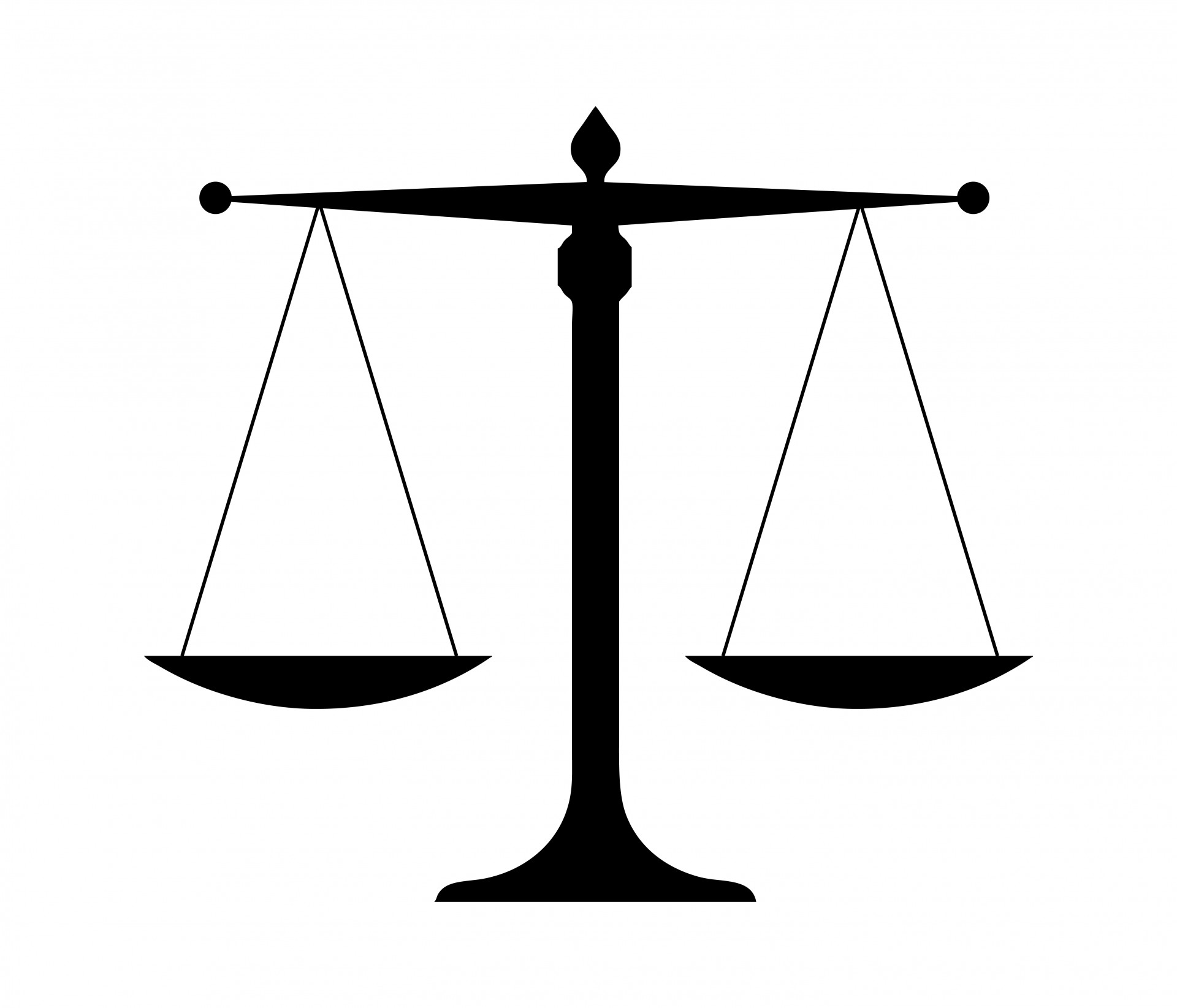Dallas Court of Appeals holds detour did not take excavation outside the normal use of the roadway, therefore plaintiff properly alleged a special defect
City of Irving, Texas v. Edwin Muniz, 05-21-00099-CV, (Tex. App – Dallas, Nov. 19, 2021)
This is a premise defect/Texas Tort Claims Act (“TTCA”) case where the Dallas Court of Appeals affirmed the denial of the City’s plea to the jurisdiction.
During a rainstorm at night, Muniz entered an intersection undergoing construction for sewer pipe replacements. A detour sign directed him to merge slightly to the left, but he asserts he encountered a mesh fence with no time to brake. He traveled through the mesh fence into an excavation thirty-two feet deep. The court commented the evidence was confusing as to whether the signage indicated a lane shift or that traffic was to be closed heading westbound. Non-flashing barricades were present, but Muniz testified he did not see the barricades or cones depicted in the photographs on the night of his accident. There was also a dispute as to Muniz’s speed. Muniz sued asserting the excavation was a special defect, or at worse a premise defect. The City filed a plea to the jurisdiction, arguing, among other things, that the excavation was not on the roadway. The trial court denied the plea and the City appealed.
The City asserted because the detour directed traffic around the excavation, removing the excavation from being a part of the regular roadway it could not be a special defect. The court noted the Texas supreme court “has never squarely confronted whether a hazard located off the road can (or can never) constitute a special defect,” but it has recognized that some intermediate courts of appeals have held that certain conditions located off the road were special defects. It is undisputed Muniz drove into a large hole in the normal roadway. The court noted the question, in this case, turns on whether such an excavation remains a special defect when the City attempts to warn of the excavation by erecting a detour but the warning failed. Here, the detour was not a separate roadway apart from the excavation but was on the same street as the excavation, only slightly shifted by lane redirects. An ordinary user of the roadway certainly could encounter the excavation. As a result, Muniz alleged sufficient facts to establish jurisdiction under a special defect theory. The City also contended the detour design was a discretionary function. However, according to the court, the discretionary exclusion does not apply in the case of a special defect. The plea was properly denied.
The dissent noted the court was dealing with a portion of a road being taken out of commission for a construction project with the road actually moved to accommodate. He would have concluded the re-routing took the excavation out of the normal use of the roadway analysis.
Panel consists of Justices Schenck, Smith, and Garcia. Affirmed. Memorandum Opinion by Justice Smith can be read here. Dissenting Opinion by Justice Schenck can be read here. Docket page with attorney information found here.



